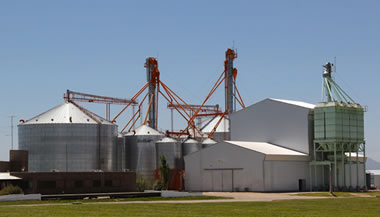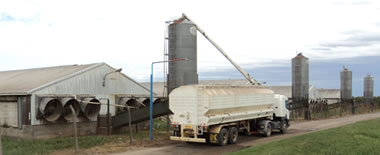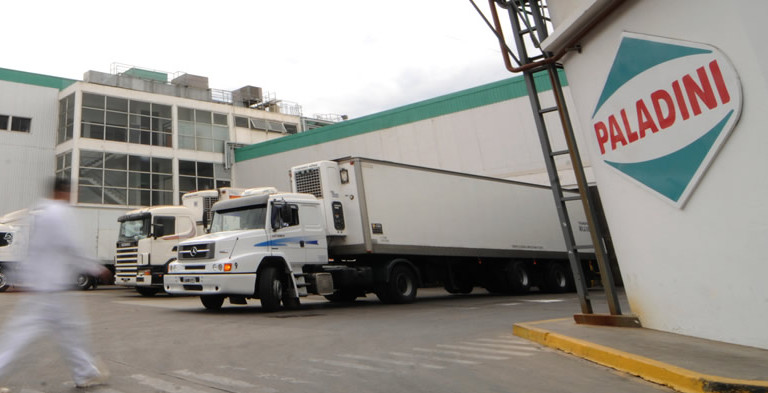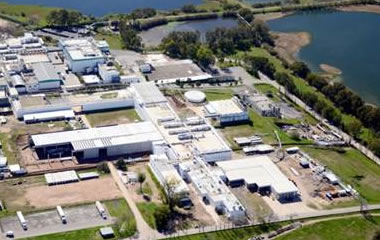Rural Area

The company prioritizes vertical integration in its raw materials. Paladini's Rural Area is a product of this. It has two grain production centers, the development of balanced feeds and intensive porcine production. These investments place Paladini as the largest porcine producer in the country.


Porcine Production Centre I (Erin)
Opened in 1992, the "Erin" center currently has a total of 2000 ha and 50,000 m2 of facilities. With 4600 mothers and a total and permanent population of 53.000 pigs, a Balanced Feed Facility with a capacity of 32.000 tons of animal feed per year and a production of 104.000 pigs per year for slaughter, make a key link in the traceability, quality, production and generation of added value.
Porcine Production Center II (La Toma)
Opened in 2010, "La Toma" center complements the integration with 3000 ha and 70,000 m2 of facilities. With 5,000 mothers, a total and permanent population of 67,000 pigs, a balanced feed facility with a capacity of 42,000 tons of animal feed per year and a production of 130,000 pigs per year for slaughter; it is another key link in the company's value and quality chain
Porcine Production Center III (La Toma)
During the second half of 2013 and the first of 2014, the company is focused on the building and completion of its third center located in La Toma, San Luis province, a short distance from its second center. This investment consolidates the growth with 2,000 more mothers and the platform for its potential expansion in the following years.













